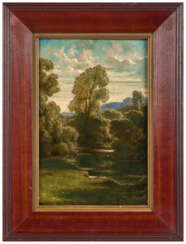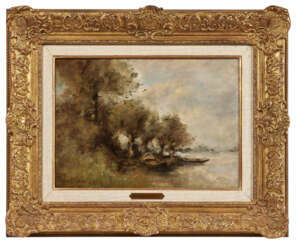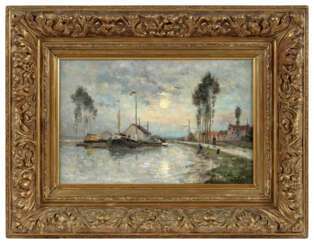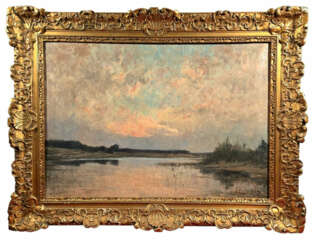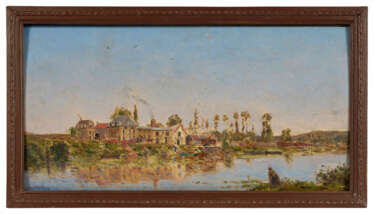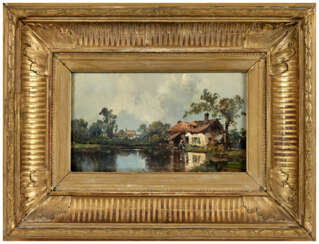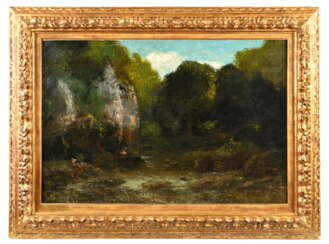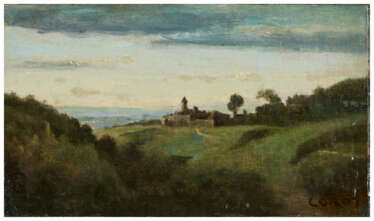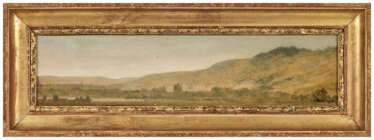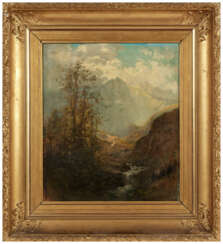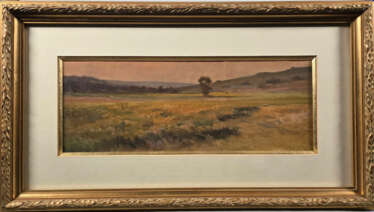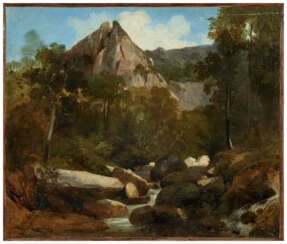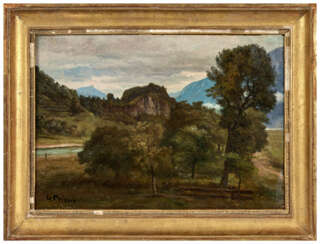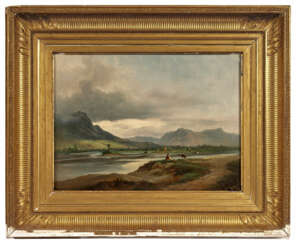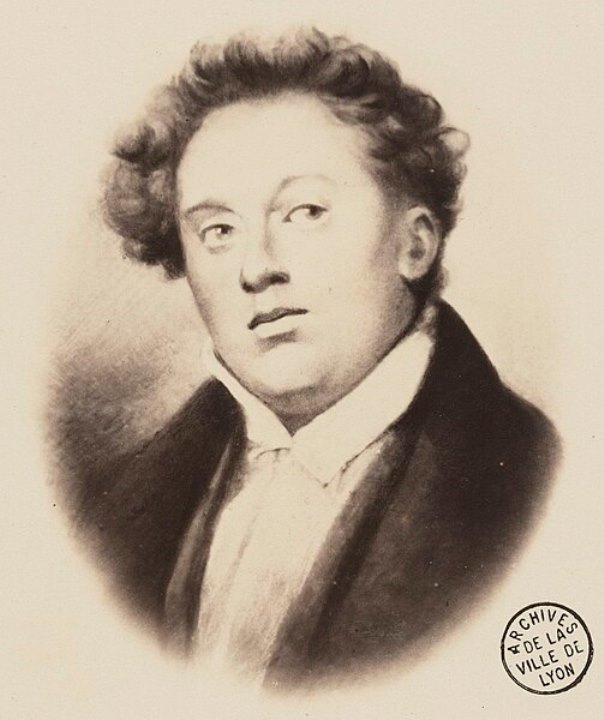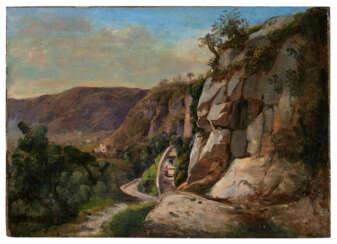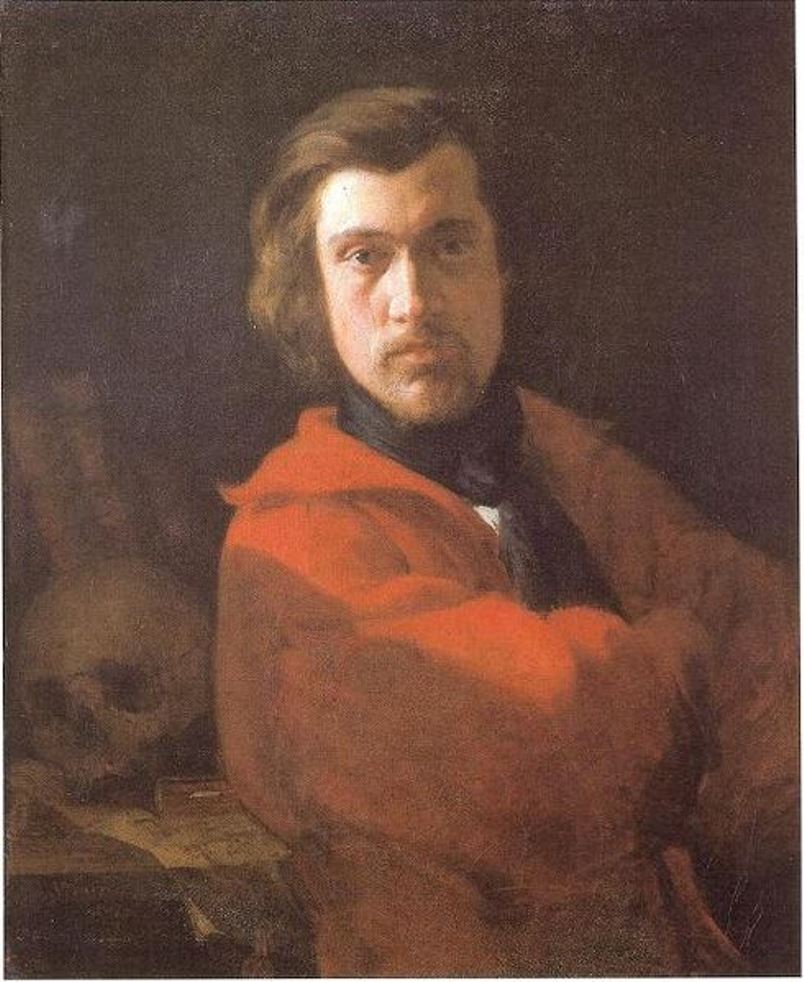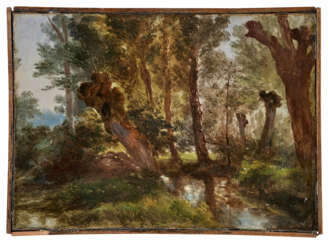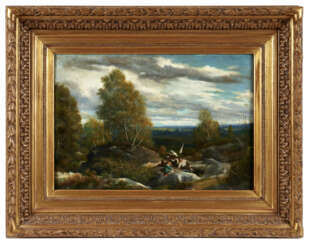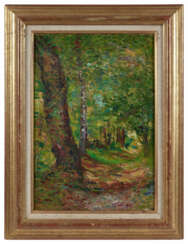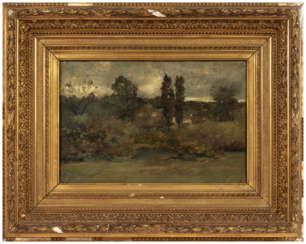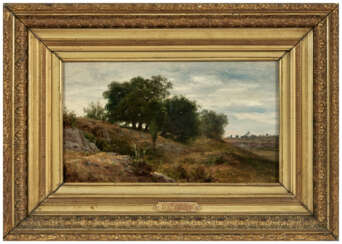Auction

Paul-Désiré Trouillebert was a famous French Barbizon School painter in the mid-nineteenth and the early twentieth centuries.
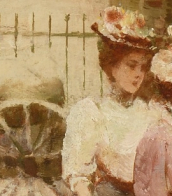

Hippolyte Camille Delpy was a French painter.
He came from a moderately wealthy family from Joigny, in the Burgundy region of France. His son, Henry Jacques Delpy (1877-1957), also became a painter, as did a cousin on his father's side, Lucien-Victor Delpy (1898-1967).
Delpy studied with Charles-François Daubigny as well as Corot. A contemporary of the Impressionists, Delpy blended the subject matter that he adopted from Daubigny with the brighter colors and looser paint handling that were trademarks of his own generation to create distinctive new visions of many of the landscapes first explored by the Barbizon artists.

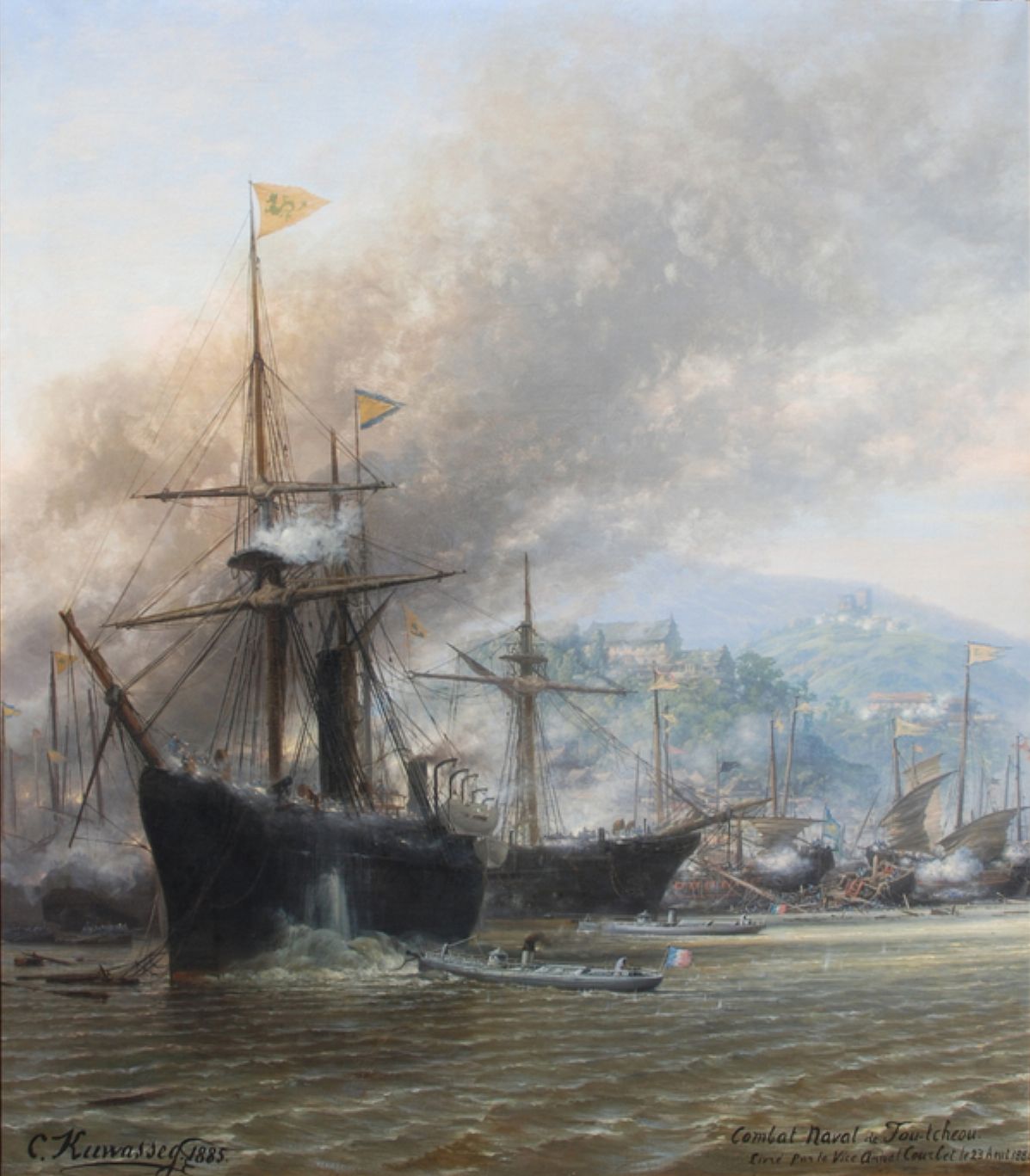
Charles Euphrasie Kuwasseg was a French painter of the 19th century. He essentially specialized in landscape paintings — particularly the coastal landscapes of Brittany and Normandy.

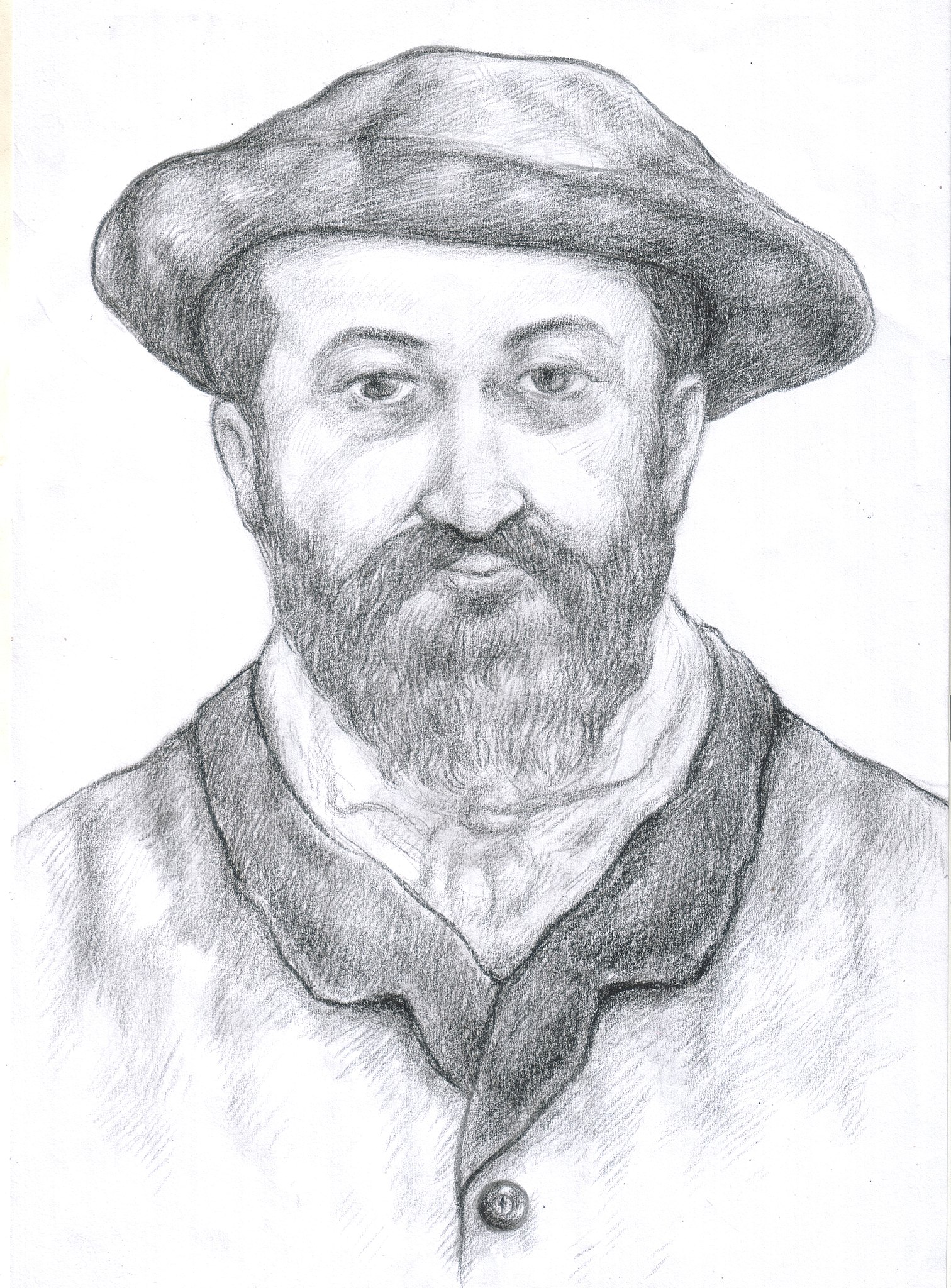
Pierre Emmanuel Eugène Damoye was French artist who was regularly recognized by a broad range of art critics as one of the most significant heirs to the Barbizon school tradition. He studied his craft at the École des Beaux-Arts and went on to become a renowned and influential landscape artist noted for his sweeping skies, tree studded-plains, and vibrant farmlands.

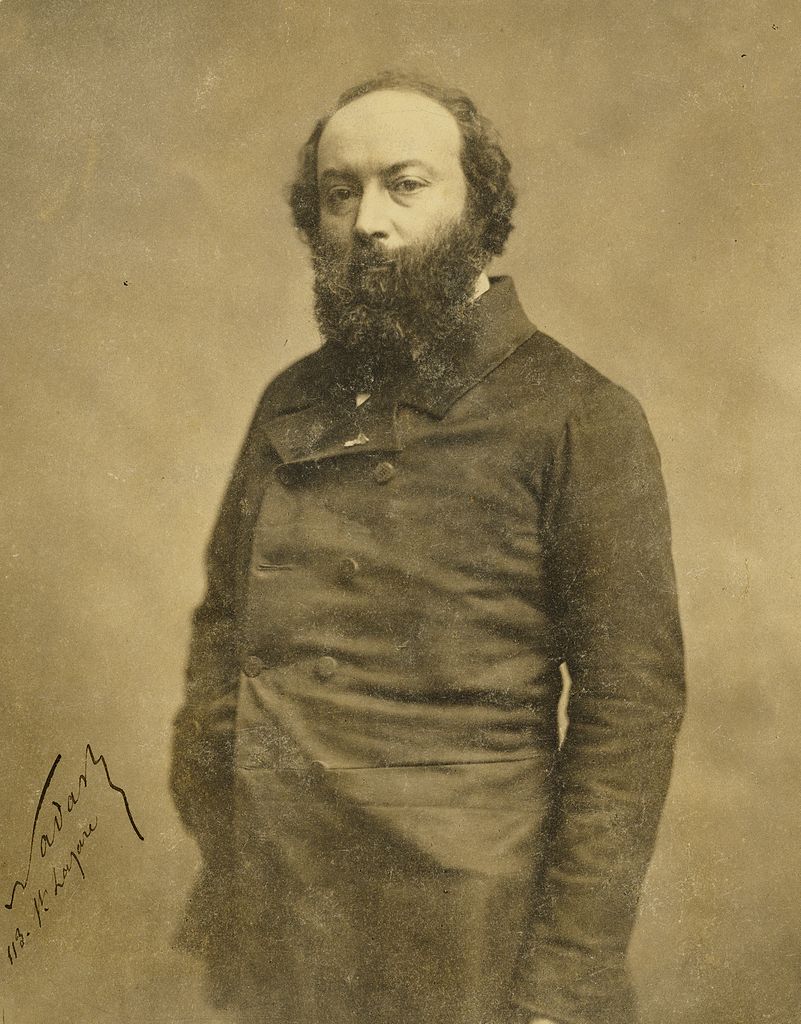
Théodore Rousseau was a prominent French painter, celebrated for his pioneering contributions to the Barbizon school of landscape art. His dedication to capturing nature's essence made him a pivotal figure in landscape painting's evolution. Rousseau's technique involved painting directly from nature, a method that infused his works with a profound sense of realism and vitality. This approach was notably evident in his masterpiece "An Avenue of Trees, Forest of l'Isle-Adam," where he meticulously captured a scene entirely outdoors, a testament to his commitment to authenticity and detail.
Théodore Rousseau's artistry wasn't confined to painting alone; his drawings, like the detailed "Study of an Oak Tree," demonstrate his versatility and deep connection with nature. His works received significant recognition, culminating in a triumphant display at the Universal Exposition of 1855. However, his life was not devoid of challenges. Personal tragedies and professional setbacks marked his later years, yet his resolve and dedication to art remained unshaken.
For art enthusiasts and collectors, Théodore Rousseau's works are pivotal, not just for their beauty but also for their role in the history of landscape painting. His pieces like "The Great Oaks of Old Bas-Bréau" are cherished in collections worldwide, serving as enduring symbols of his talent and his profound influence on subsequent art movements.
For those interested in the intersection of nature and art, subscribing to updates on Théodore Rousseau can provide invaluable insights into his life's work, his contributions to the Barbizon school, and his lasting impact on the world of art. Stay informed about new discoveries, sales, and auction events related to Rousseau's oeuvre to deepen your appreciation and understanding of this illustrious artist's legacy.



